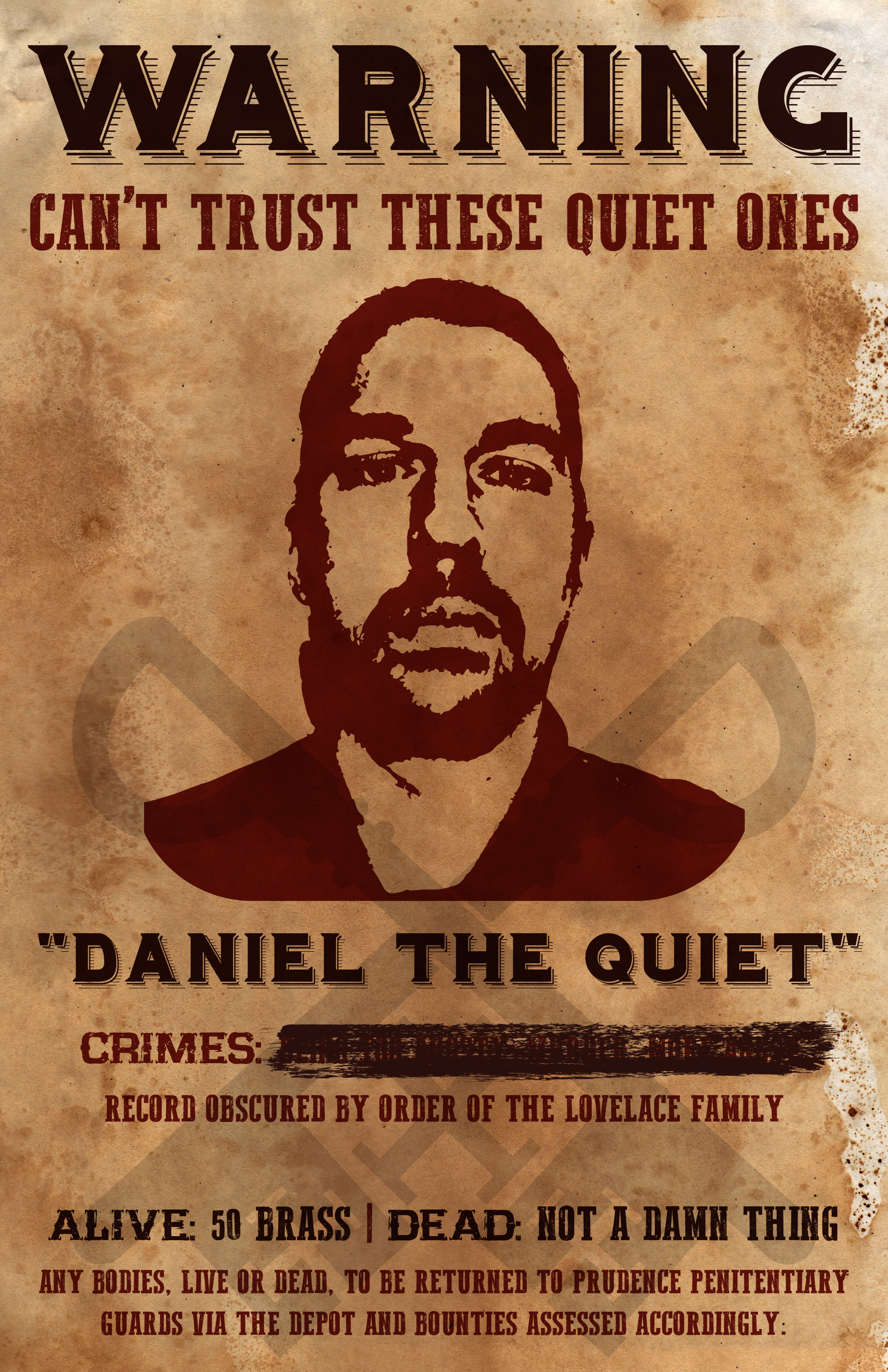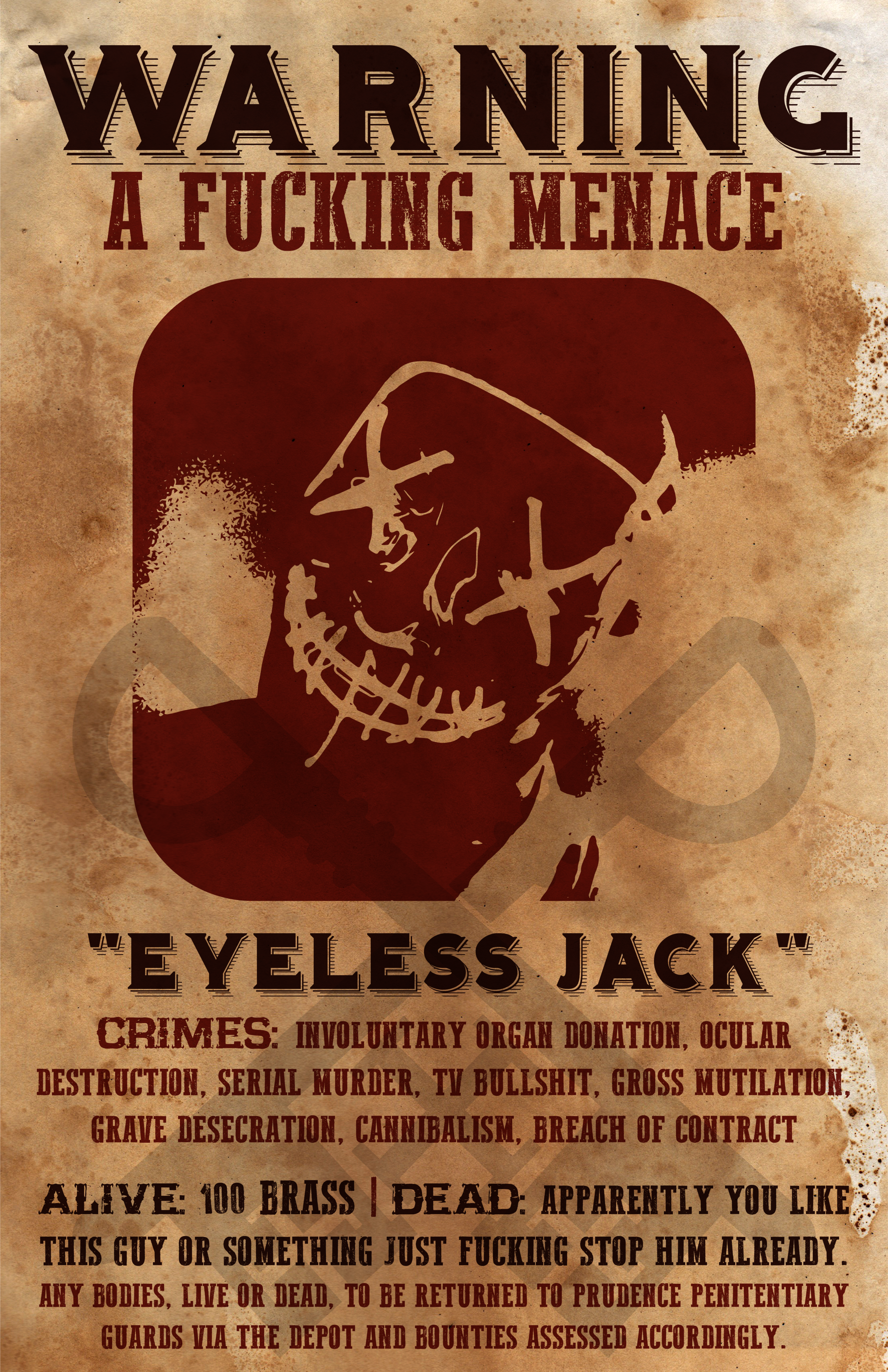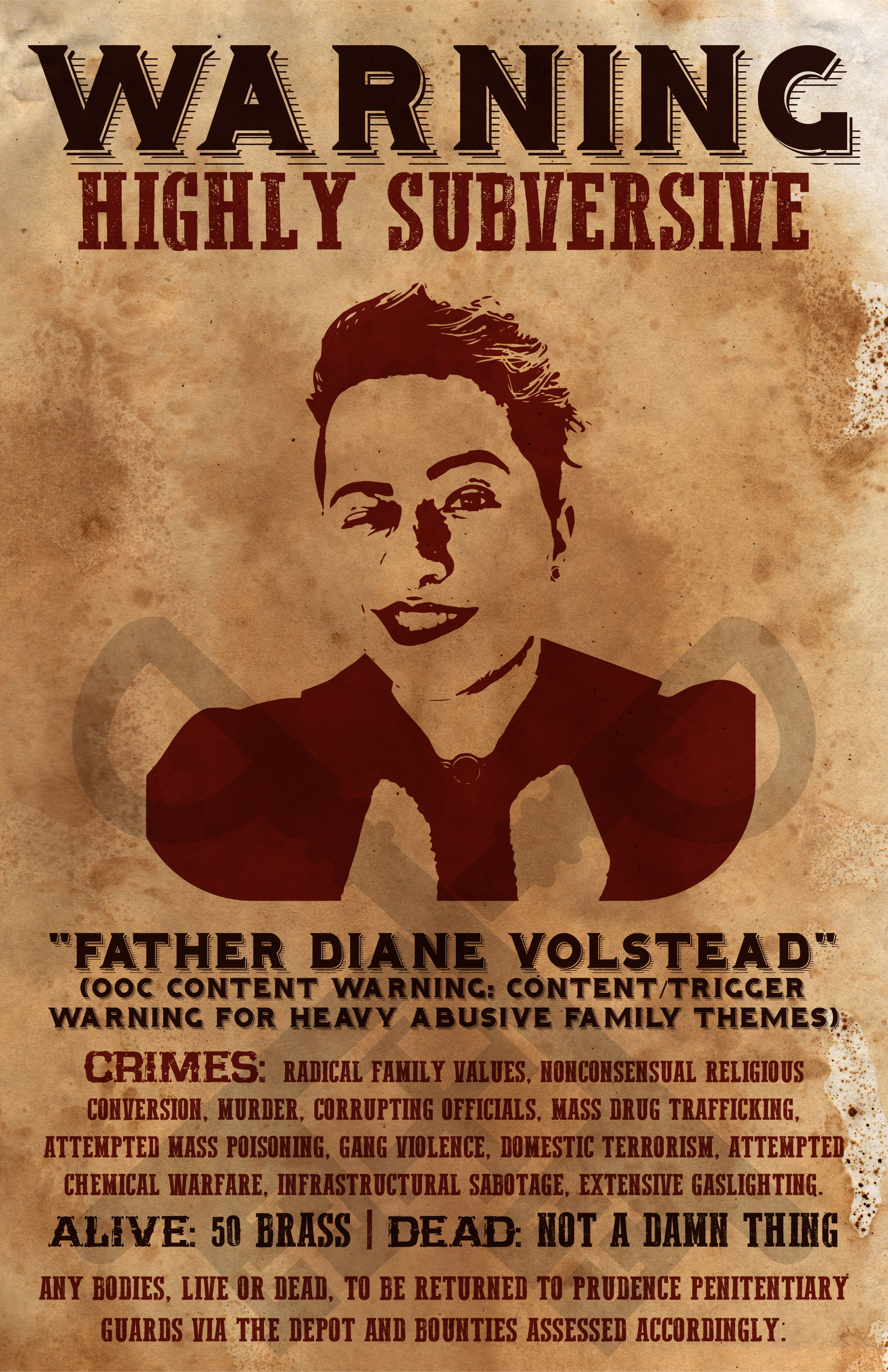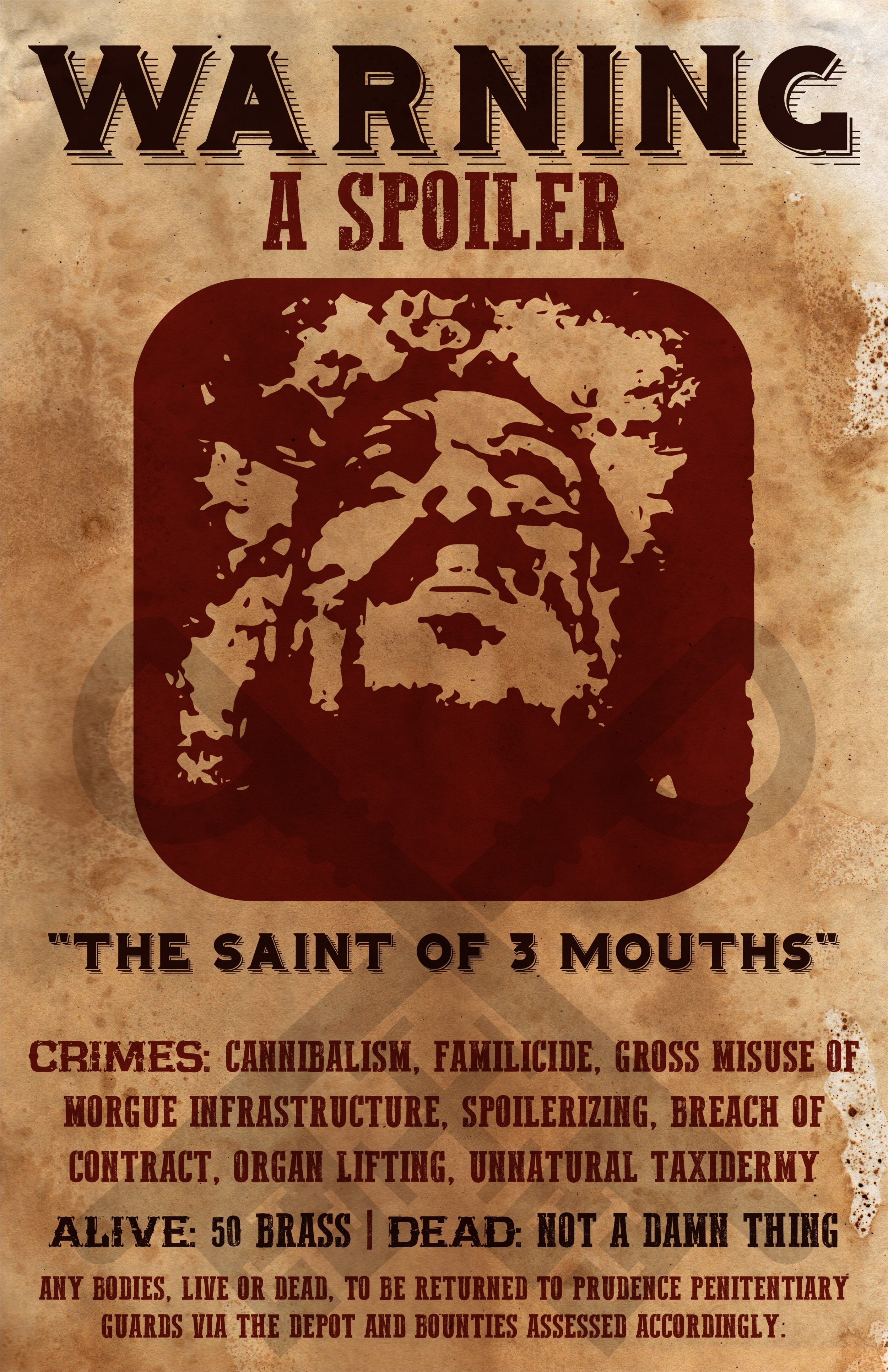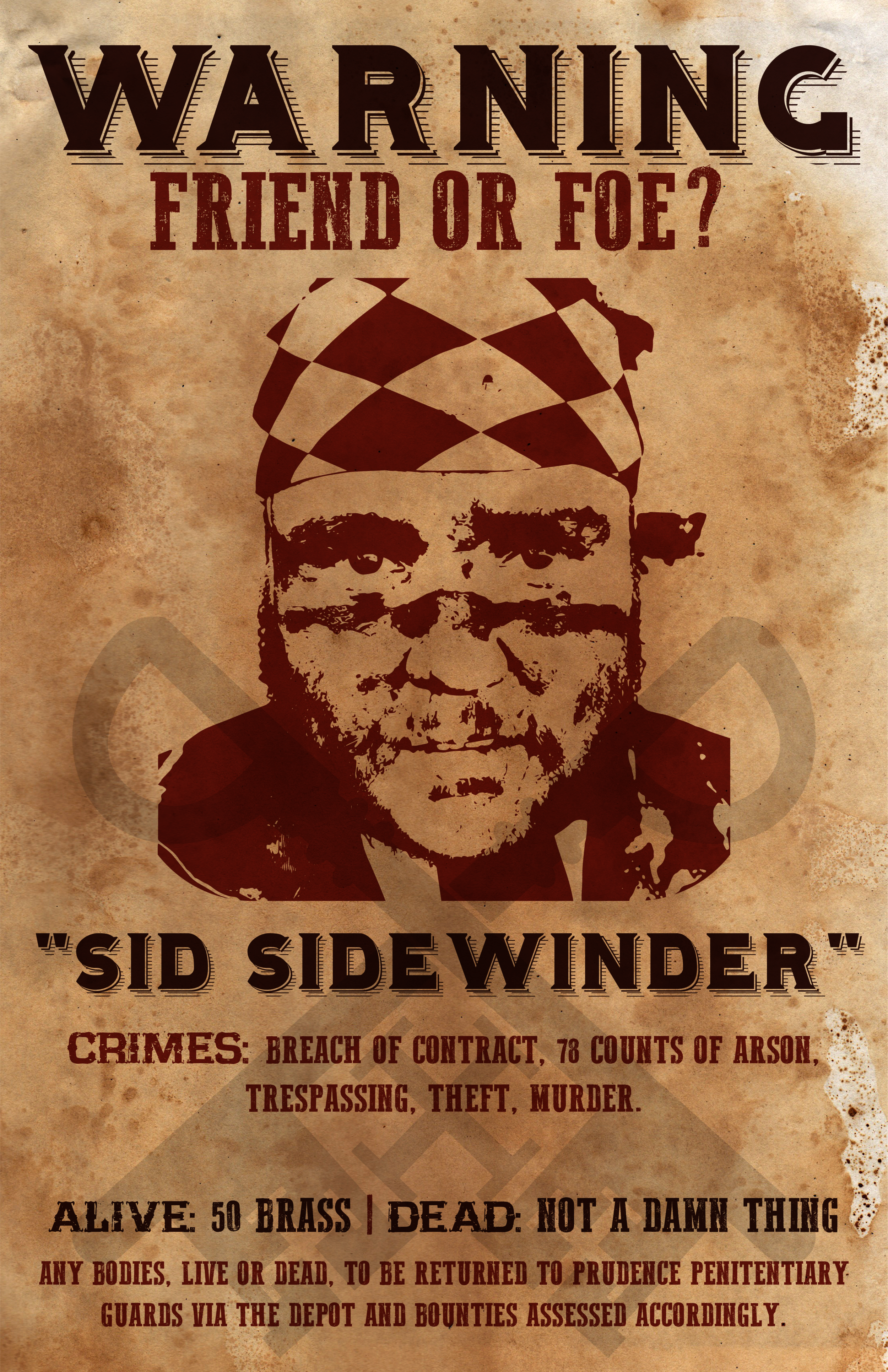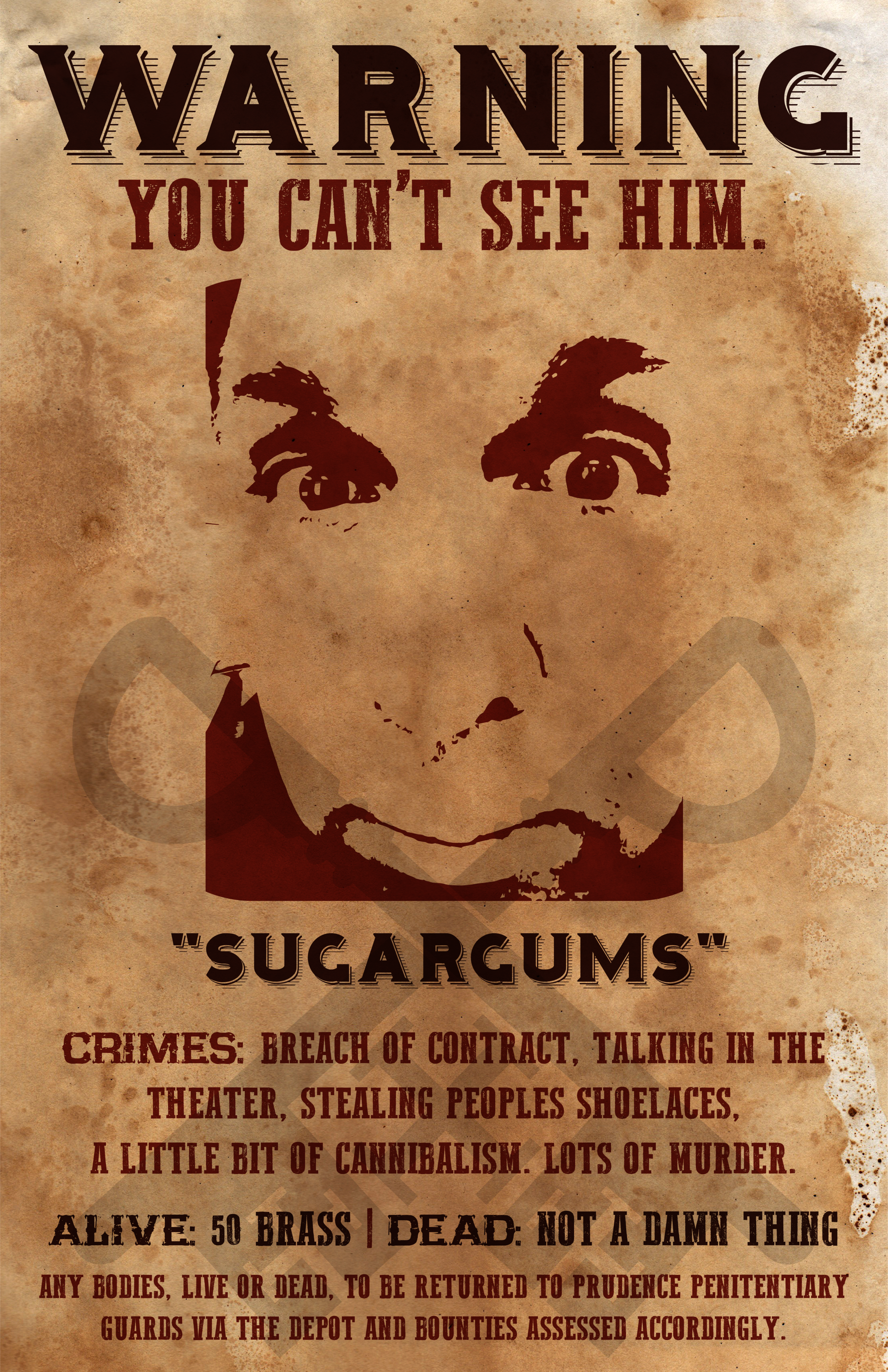It’s time for another Rules Ramble with Jonathan! This week is continuing our coverage of the Disease Mechanics in the Dystopia Rising Corebook! Today we are learning about how you actually deal with the Diseases you encounter in the game. This might be SUPER important soon, considering that our November game is dealing heavily with a Disease problem in Bravado…
This is a long post, so apologies in advance. It’s split basically into two sections - Researching a Disease and Resolving a Disease.
If you missed my first part of this post, you can find Part 1 HERE.
The full Disease rules can be found starting on page 190 in the DR: Evolved Corebook. You can download a free copy of the rulebook HERE.
When a Disease first starts to spread in the game, there are number of ways that your character can deal with it. For this next game, we are also adding an additional mechanic to “opt-out” of the Disease experience in case that’s not a story you want to tell.
Let’s look at a sample Disease, Bad Brain, from the DR Corebook on page 206, and pay particular attention to the Resolution section at the end.
Bad Brain Disease, commonly spread by most types of Raiders
RESEARCHING A DISEASE
So your town is in the middle of an Disease Outbreak. Oh shucks. What can you do to find out how to fix it? Once you encounter a strange new Disease (like a Disease that isn’t printed in the book like Bad Brain), the first thing to do is to learn more about it!
When you use Basic Medical to examine a person, you can identify the Disease they are suffering from for zero mind using the “Check Status” mechanics. The infected character will reveal the name of the Disease they are suffering from and the current Stage of that Disease they are suffering from. This is the good place to start, but how do you learn more?
Luckily, the Corebook actually has a mechanic for how this works. Characters wishing to research a new Disease can do so per the mechanics on p.186 of the DR: Corebook.
After 20 minutes examining the patient with Lore: Medical, a character may spend 5 Mind points to learn more about the Disease and learn ONE fact about the Disease. Each 5 Mind points spent in addition to this may learn one additional fact about the vectors of transmission, stages, or treatment conditions.
If a Research Center room augment is used, the character with Lore: Medical may learn TWO facts instead of one when they spend 5 mind to research.
If a Doctor Ottoman’s Disease Control Kit gizmo is used, the doctor may learn THREE facts about the Disease by spending 5 mind and 5 minutes of roleplay with an infected victim. This is a MUCH faster way to Research and doesn’t require Lore to use. (But what kind of doctor doesn’t have Lore: Medical?)
These mechanics will see play through a series of RESEARCH CHALLENGES during our November event. These will be found normally in the Research Center in the Terminal Station Depot. Our goal is to be able to provide these answers quickly, without making folks wait for someone at the Post Office or have to track down an errant Shan or Jonathan.
So let’s talk briefly about how you build a Treatment Plan. Once you understand a bit more of how a Disease impacts the patient, you can be begin testing ways to cure the Disease.
A Treatment Plan will generally consist of a few things:
Time - How long you need to spend treating the Disease
Components - Some particularly deadly Diseases also require the use of item cards to fix. This is often an item that is expended, like using Infectious Material or a healing brew of some kind. Sometimes, the cost simply requires you to have something like a Candlepin Medical Kit that is used but not expended.
Mind Points and Skill Use - A resolution to a Disease will generally cost some amount of Mind points to complete. Generally, this cost goes up as the Disease gets to a worse Stage. Most Diseases are cured by some combination of Lore or Medical skills.
Treatment Frequency - A Treatment Plan will instruct you on how often a patient needs a treatment, whether it is one treatment or done over multiple stages.
Stages of Treatment - Each stage of a Disease will be treated in a different manner. Generally, the challenge of treating a Disease increases as the Stage goes up.
Remission versus Cure - Some Diseases cannot be permanently treated, but rather sent into Remission. They are still infected, but most of the negative effects are avoided. Other Diseases can be cured completely.
Role-playing Requirements - A treatment will generally provide some kind of guidance for what kind of roleplay might be required during the process. Some Diseases might require a blood transfusion, while others might simply need you to eat a hearty meal.
You can always spend MORE resources that a Treatment Plan lists, but there will always be a MINIMUM amount that is needed to be successful.
For instance, in the Bad Brain cure above, if you didn’t have all the Research completed, you might need to guess and spend 15 Mind points for the Treatment Plan. Since it’s over the minimum 10 Mind needed, the cure works but you wasted 5 Mind points that could have been used on something else! It’s important to be thorough in your Treatment Plan so you can conserve your valuable Resources.
Once you have developed a Treatment Plan, you can begin to try to RESOLVE a Disease.
Resolving a Disease
Diseases generally need to be resolved in some form or fashion. There are four main ways to deal with a Disease, and a 5th way that will be available for our November event, BLOOD FEAST. Remember that Mutants can resist an initial source of Disease by spending Resolve, but once infected they still need to be treated like any other patient.
Treatment - Common Diseases like Bad Brain and Radiation Sickness have well known ways to permanently fix the problem of the Disease. Once a cure is known, it can be applied by any character with the right Skills and materials as part of a Treatment Plan. Often, curing a Disease will simply reduce the Stage of the Disease by one step, but sometimes a Treatment just removes the Disease completely - especially if it’s still at Stage One.
Remission - Some particularly deadly Diseases may not be able to be cured right away. In these cases, the Disease is simply suppressed for a short time, much like how you might temporarily relieve a Fracture. You are still infected by the Disease, but you do not suffer most of the side effects for a time. Since you are still infected, it means you might even still be contagious, so doctor beware!
If the Disease is somehow reactivated (like through another source of infection, or not getting timely Treatment the next game), it starts at the same Stage you were at before the Remission started.
Inoculation - When a Disease is particularly contagious, the most common way to stop this is to actually prevent the Disease BEFORE it infects the patient. If a Disease is in an Outbreak stage, an Inoculation is a simple procedure for any character with the Basic Medical skill.
A character with Basic Medical may Inoculate an uninfected character by spending 5 mind and 5 minutes of roleplay protecting the patient from a particular Outbreak Disease. The next time an INFLICT DISEASE effect is used on this character, they may call “No Effect, Inoculated!”. This is only a simple treatment, so some particularly deadly Diseases might even overpower an Inoculation effect after an exposure. It’s always best to avoid the Disease source altogether!
Equipment - The gizmo Dr. Ottoman’s Disease Control Kit is a powerful tool when dealing with a Disease. The effect of the Master Medical use is particularly potent, as it renders a patient IMMUNE to a Disease call for a short time.
Requires Master Medical. User may spend 10 Mind. After 5 minutes of Full Engagement Role-Playing taking samples from a Diseased Target, user makes a 2nd Target without the Disease immune to the 1st Target's Disease until the next 12s. The protected character may call “No Effect” until the next 12s when exposed to an INFLICT DISEASE mechanic. This is superior to the Inoculation effect as it cannot be overpowered.
The last way you can deal with a Disease is unique to our November event:
Natural Immunity (OPT OUT MECHANIC):
If you would like to OPT-OUT of this Disease plot during the November 2021 event, you may write NATURAL IMMUNITY on your character sheet(s) before Game-on and if exposed to a situation where you would contract <REDACTED> at any level, you may call “No effect, Natural Immunity”. This immunity cannot be applied to any character, other than your own, through any in-game mechanic.
That’s about it for my Disease summary. Sorry for the REDACTION, but no Spoilers yet!!! Next week, we’ll divert a bit to talk about some common Rules and Skill calls that might be important during our upcoming event!




